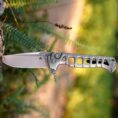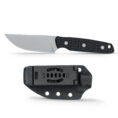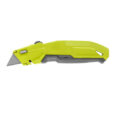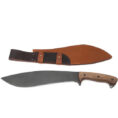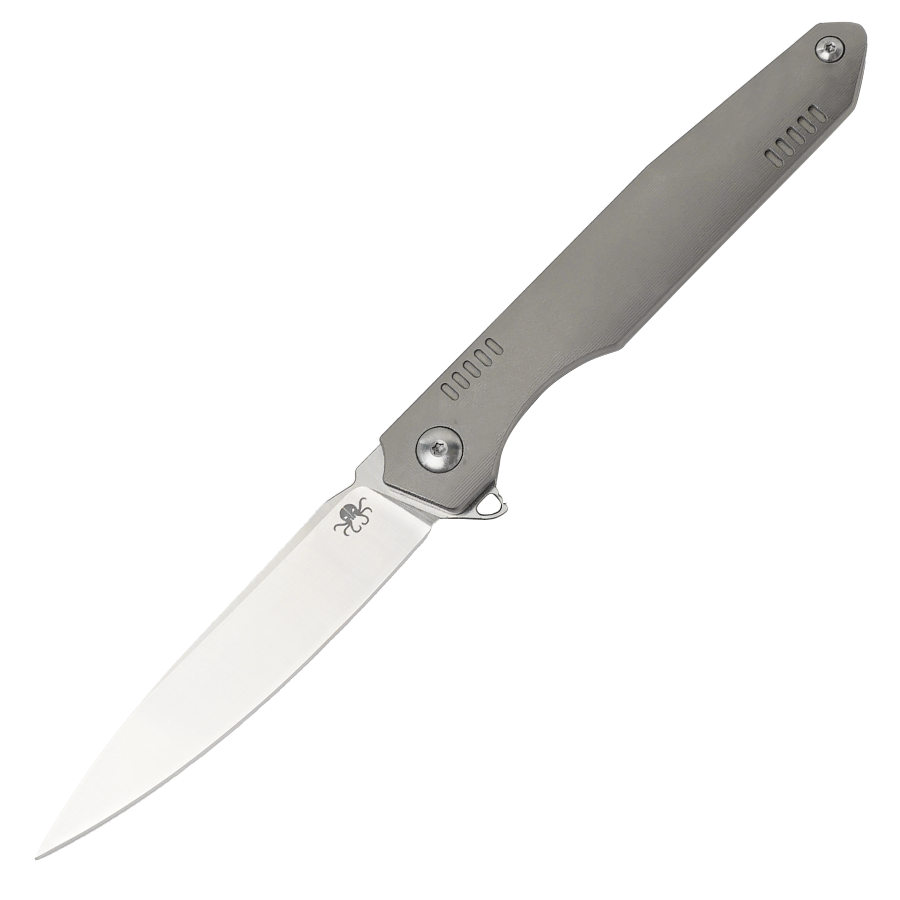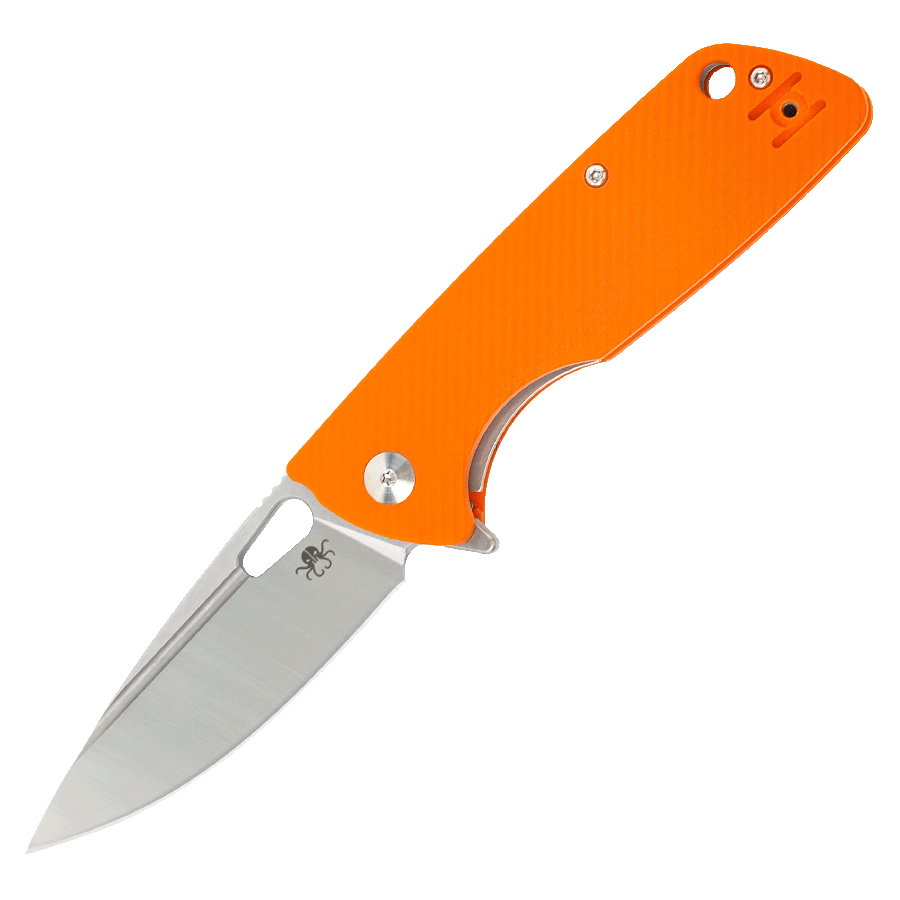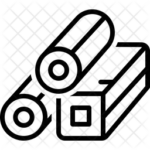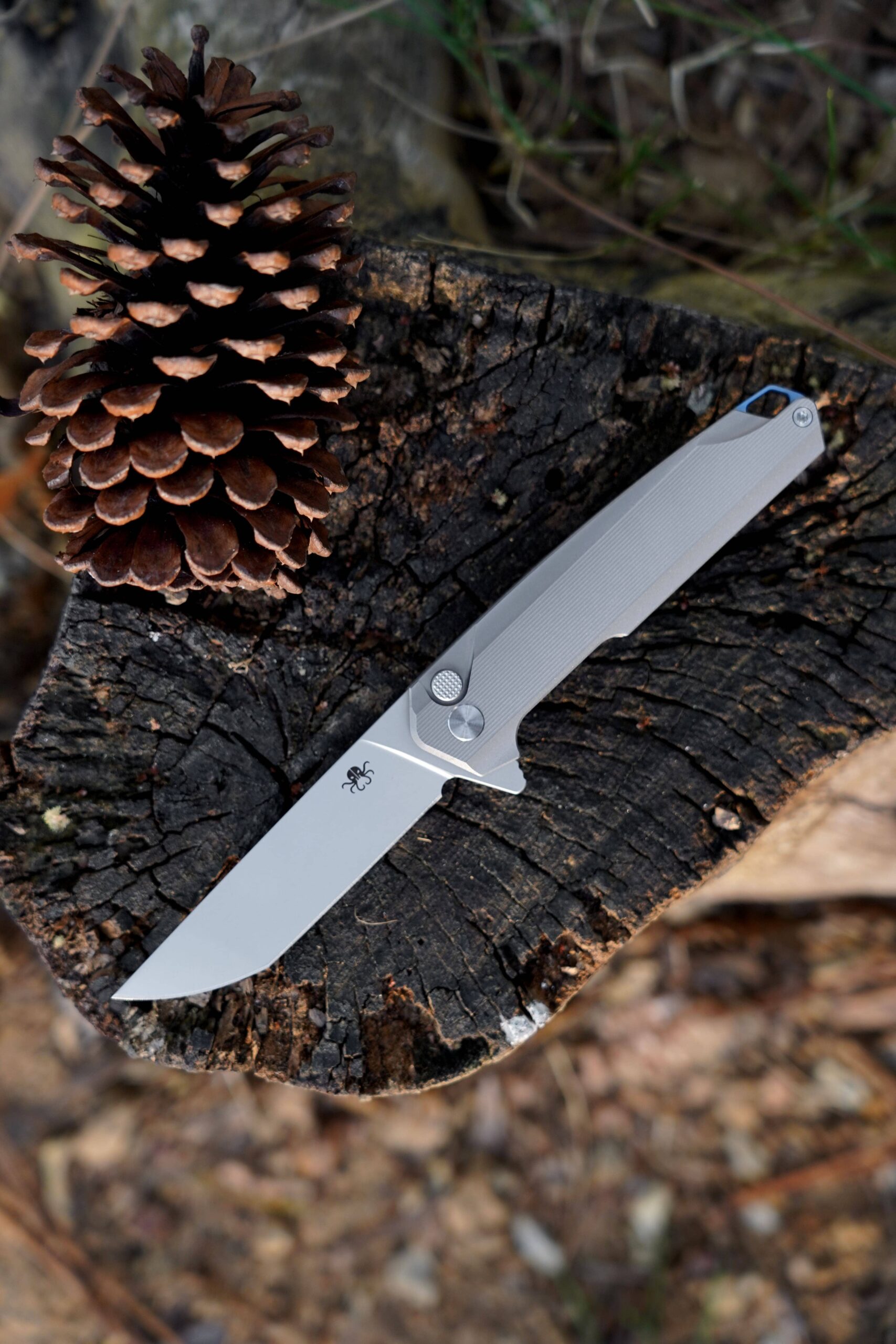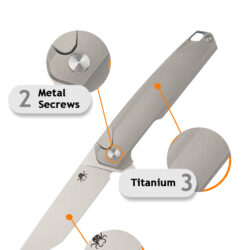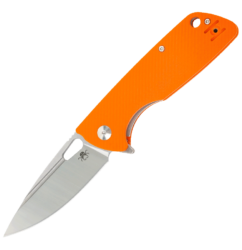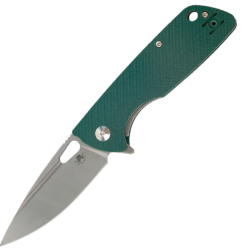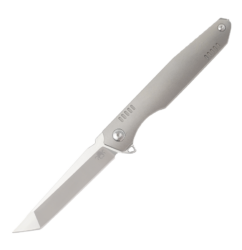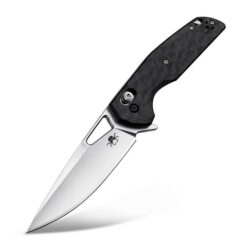How to Hold a Tactical Folding Pocket Knife
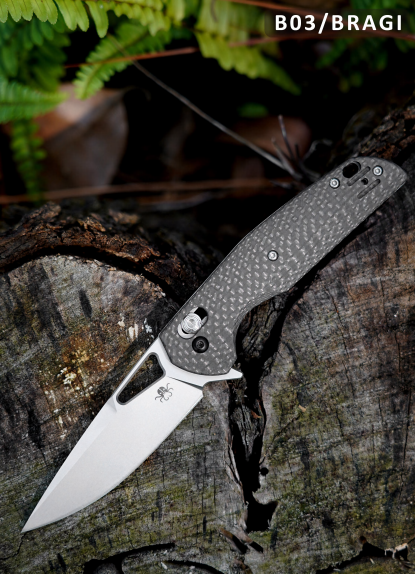
TABLE OF CONTENTS
- Introduction
- Understanding Tactical Folding Pocket Knives
- How to Hold a Tactical Folding Pocket Knife
- Techniques for Opening and Closing a Tactical Knife
- Maintenance for Optimal Performance
- Conclusion
Introduction
Tactical folding pocket knives are versatile tools designed for a variety of tasks, from everyday utility to self-defense. Their compact design and portability make them a popular choice for outdoor enthusiasts, professionals, and everyday carry users. However, to use a tactical folding pocket knife effectively and safely, it’s essential to understand how to hold it properly, operate it, and maintain it. This article will guide you through the basics of handling a tactical folding pocket knife.
Understanding Tactical Folding Pocket Knives
Tactical folding pocket knives are characterized by their sturdy construction, ergonomic design, and quick-deployment mechanisms. They often feature a locking mechanism to secure the blade in place during use, ensuring safety and stability. These knives are designed for one-handed operation, making them convenient for emergencies or multitasking. Before using one, familiarize yourself with its components, such as the blade, handle, pivot point, and locking mechanism.
How to Hold a Tactical Folding Pocket Knife
Holding a tactical folding pocket knife correctly is crucial for both safety and efficiency. Here’s how to do it:
1. Basic Grip: Place your thumb on the spine of the blade (the non-sharp edge) and wrap your fingers around the handle. This grip provides stability and control for most cutting tasks.

2. Reverse Grip: For more precise control or self-defense, hold the knife with the blade pointing downward and your thumb on the handle’s spine. This grip allows for quick, slashing motions.

3. Pinch Grip: For detailed work, pinch the blade between your thumb and index finger near the base. This grip offers precision for tasks like carving or whittling.

Always ensure your grip is firm but not overly tight, as this can reduce dexterity and cause fatigue.
Techniques for Opening and Closing a Tactical Knife
Most tactical folding pocket knives are designed for one-handed operation. Here’s how to open and close them safely:
1.Opening the Knife: Use your thumb to push the thumb stud or flipper tab, allowing the blade to swing open. Alternatively, some knives feature an assisted-opening mechanism that springs the blade into place.
2. Closing the Knife: To close the knife, disengage the locking mechanism (usually a liner lock or frame lock) by pressing it to the side. Carefully fold the blade back into the handle, ensuring your fingers are clear of the blade’s path.
Practice these motions slowly at first to build muscle memory and avoid accidents.
Maintenance for Optimal Performance
Proper maintenance ensures your tactical folding pocket knife remains reliable and safe. Follow these tips:
1. Cleaning: Regularly clean the blade and handle with a soft cloth and mild soap. Remove dirt and debris from the pivot area to ensure smooth operation.
2. Lubrication: Apply a small amount of knife-specific lubricant to the pivot point to keep the blade opening and closing smoothly.
3. Sharpening: Use a sharpening stone or tool to maintain the blade’s edge. A sharp knife is safer and more effective than a dull one.
4. Inspection: Periodically check the locking mechanism and screws for wear or looseness. Tighten or replace parts as needed.
Conclusion
A tactical folding pocket knife is a valuable tool when used correctly. By understanding its design, mastering proper holding techniques, and maintaining it regularly, you can ensure its longevity and performance. Whether you’re using it for everyday tasks or emergencies, handling your knife with care and confidence will make all the difference. Always prioritize safety and practice responsible knife ownership.

